Both Southern Cameroons and LRC came to Foumban as equals: two peoples, two governments, two territories. It was never for LRC to decide who represented Southern Cameroons.
The independentist editorial desk
For all of you begging to belong with la République du Cameroun.
Let us be clear: the war is in its 8th year, not the “two weeks” Paul Biya promised when he threatened to crush Ambazonia.
The Root of the Problem
La République du Cameroun (LRC) became a sovereign, independent state on 1 January 1960, with borders and sovereignty recognized under international law.
British Southern Cameroons, on the other hand, was a UN Trust Territory. In the 1961 plebiscite, its people voted to form a new federation with LRC as a partner state of equal status — not to be annexed.
That federation was to be negotiated at Foumban. But Foumban failed:
No Union Treaty was signed.
No ratification by the UN General Assembly.
No constitutional safeguards for equality.
Instead, Southern Cameroons was gradually absorbed and annexed into a centralized Francophone state.
Biya’s Return to 1960 Borders
Paul Biya later abandoned the “United Republic of Cameroon” façade and reverted to “La République du Cameroun” — the exact name of the 1960 state. That act alone shows that Ambazonia and LRC are two distinct states.
This cannot be corrected by:
“Special Status”
“Culturalism”
“Bilingualism”
“National Dialogue”
or even a federation dictated from Yaoundé.
The reality is simple: either repair the failure of Foumban or LRC withdraws to its 1960 borders.
Equality at Foumban
Both Southern Cameroons and LRC came to Foumban as equals: two peoples, two governments, two territories. It was never for LRC to decide who represented Southern Cameroons.
Today, it cannot dictate either. Attempts to bypass Ambazonian leadership — as with the collapsed Swiss Talks — only expose Yaoundé’s dishonesty.
The Only Legitimate Voice
In the absence of Cardinal Tumi’s proposed All-Anglophone General Conference, the Government of Ambazonia in exile, led by President Dr. Samuel Ikome Sako, remains the only legitimate authority to represent Southern Cameroons without fear or manipulation.
Anticipating Counter-Arguments
- LRC claims “territorial integrity.”
Yaoundé argues that Southern Cameroons is part of its territory and that international law forbids secession.
Rebuttal: Territorial integrity protects states from external aggression, not from the right of colonized peoples to self-determination. Southern Cameroons was never legally merged with LRC, so there is no “territory” to protect.
- LRC claims the 1961 plebiscite gave them sovereignty.
They say the people of Southern Cameroons “voted to join” Cameroon.
Rebuttal: The UN plebiscite gave two choices: join Nigeria or join Cameroon. It never authorized annexation. The result required a federation of equals. Without a treaty, the union is null.
- LRC insists on “unity for peace.”
They argue separation will cause chaos, so unity must be preserved.
Rebuttal: For over 60 years, unity has meant dictatorship, genocide, and denial of identity. Peace cannot be built on lies; only justice and truth can bring stability.
Lessons from History
The fatal error of 1961 was to negotiate in Foumban, inside LRC. Negotiations should have been on neutral ground, under UN supervision.
Would Ukraine negotiate in Moscow? Would Palestine negotiate in Tel Aviv? Never.
And yet, despite betrayal, genocide, and manipulation, Ambazonia has refused to “melt like sugar in water.”
Conclusion: Two Cameroons, Divisible and Distinct
There are, in fact, two Cameroons:
La République du Cameroun (independent since 1960)
The British Southern Cameroons (whose independence was hijacked in 1961)
The war has made it clear: Ambazonia cannot be extinguished.
The UN may remain silent, Britain may betray, France may manipulate — but history will not forgive.
Man of the People for the Independentist







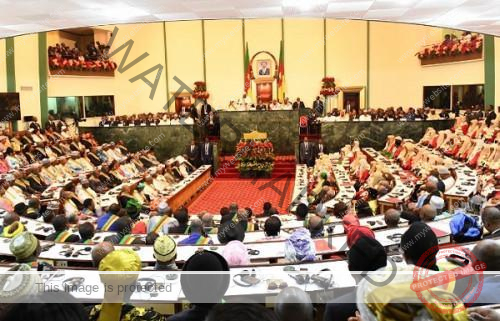
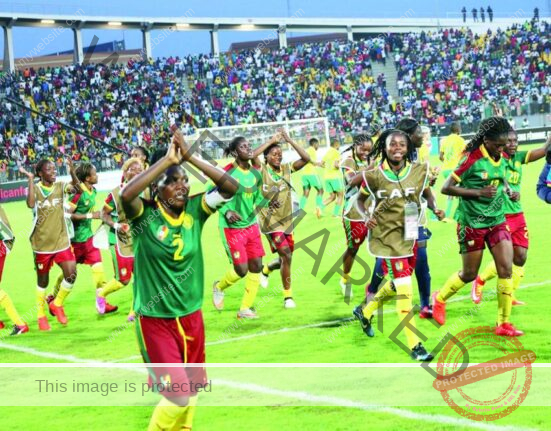





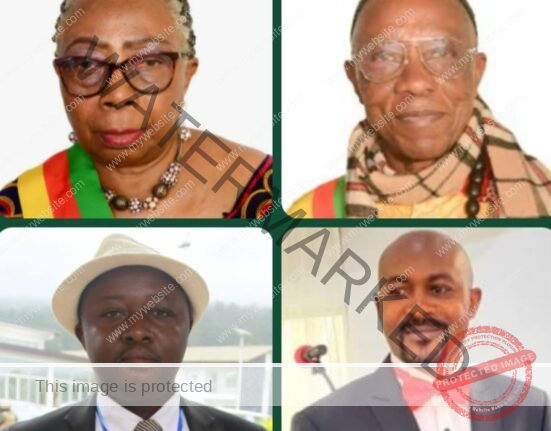
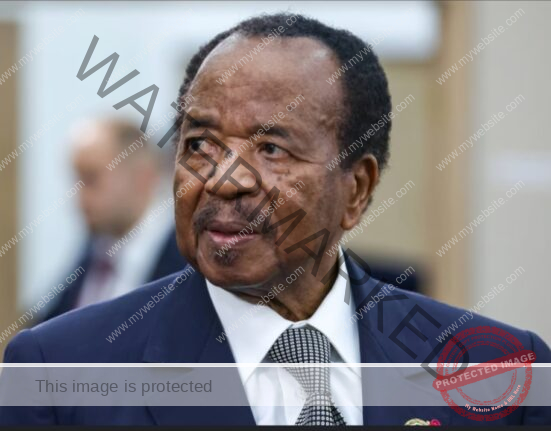
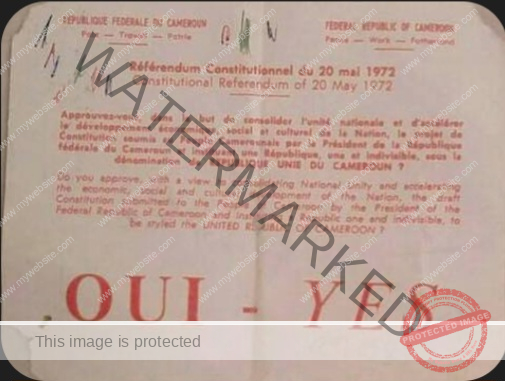
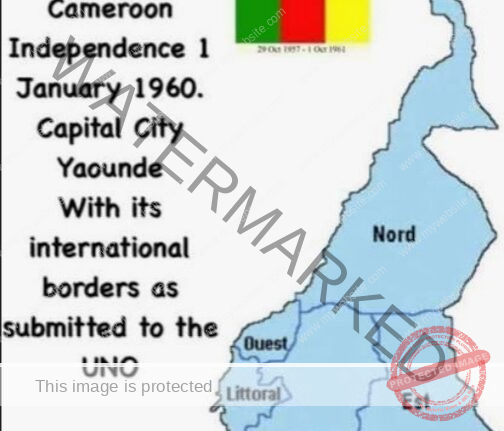

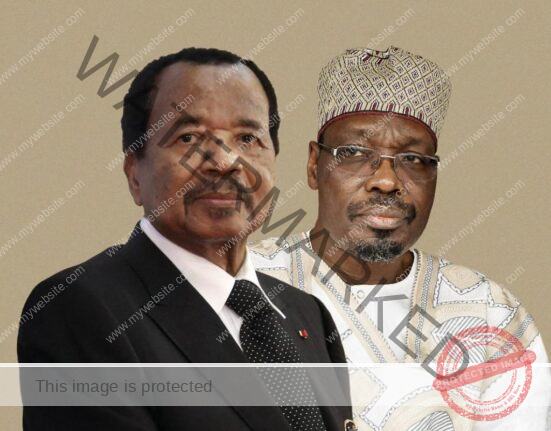

Leave feedback about this